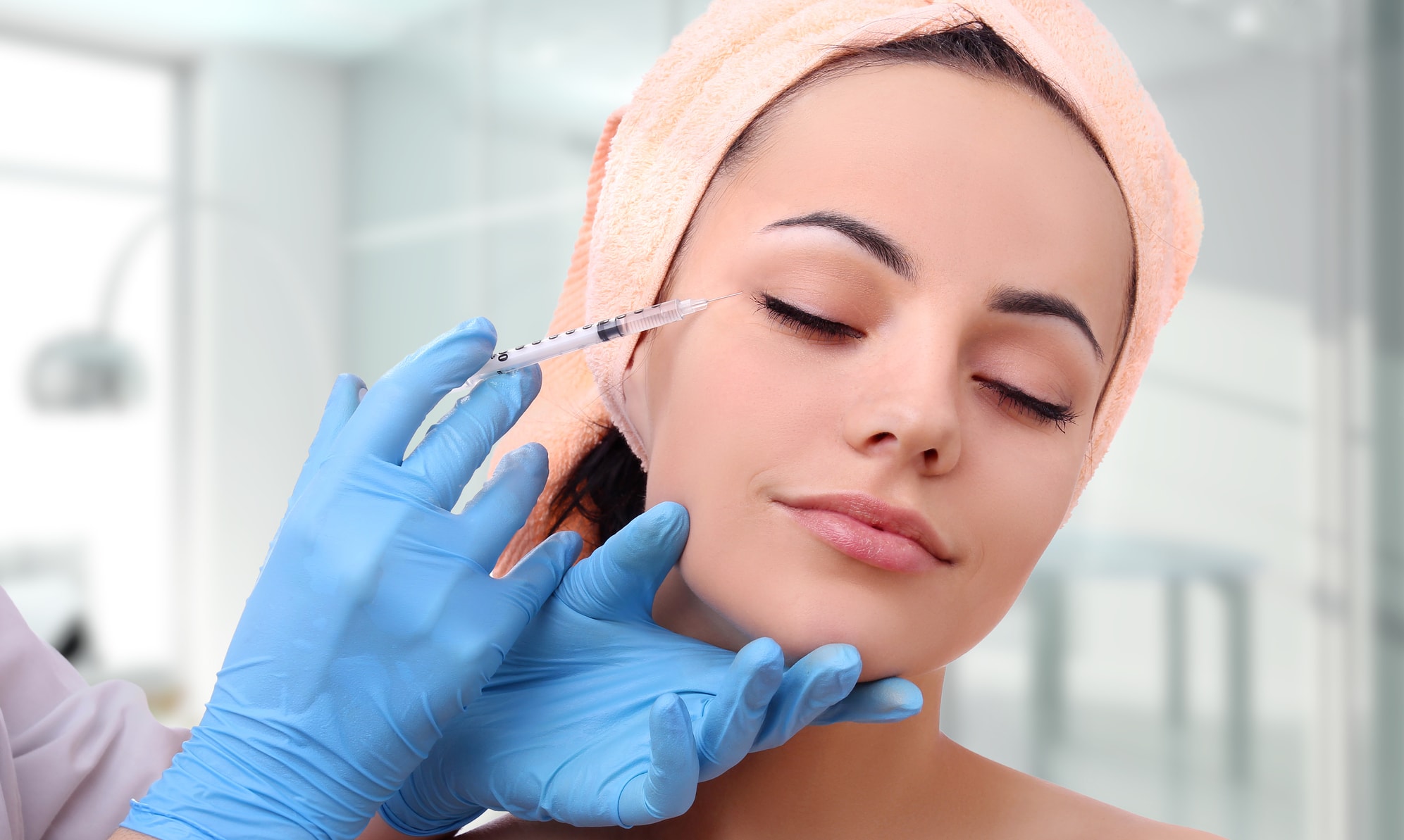
Dermal fillers are a very popular nonsurgical skin rejuvenation method of adding volume into the face in areas that have gained a sunken look over the years. Dermal fillers are substances that are injected into the face to help reduce or eliminate wrinkles and other signs of aging on the face. Wrinkles and volume loss often occur in the cheek area, as well as around the eyes of a person, as they age. While the results are not permanent, fillers are a good option for a person that does not want to undergo any type of surgical rejuvenation procedure on the face. Fillers can delay the need for a facelift but it should be noted that nonsurgical skin rejuvenation treatments such as fillers add volume but they do lift the skin like a facelift.
Let’s take a closer look at the different types of fillers available to patients:
Fillers have many short-term complications from the act of injecting them and they include:
A serious long-term complication is necrosis which is commonly known as tissue death. If the person performing the injections does not have the necessary experience to properly perform them, the fillers can get into the blood vessels. The result of this can be the death of the skin tissue on the patient. There can also be more serious complications including scarring, blindness and growths in the area where the filler was injected. The risk of necrosis is usually much higher in patients that used filler that is not dissolvable. Fillers like hyaluronic acid can be dissolved immediately which can help prevent any complications from happening during nonsurgical skin rejuvenation.
When it comes to the recovery period after having fillers injected into the body, there is very little downtime involved in the process. Patients might experience some swelling or bruising that can last up to two weeks. Patients will also need to avoid any heavy lifting or exertion for 24 to 48 hours. In general, patients go back to work the same day as the treatment or the day after the fillers are placed during nonsurgical skin rejuvenation.
The results of having fillers injected depend on the type of filler used as well as the amount of filler injected into the body. In general, fillers can last anywhere from six to twelve months or up to two years after they are injected. Patients need to check with their doctor of choice to learn more about the length of time fillers can last after being injected.
People tend to lose volume in their face as they continue to age. Dermal fillers are placed in the face to replace the volume that has been lost due to the aging process. It is very important to schedule a consultation appointment with a doctor that is experienced in placing dermal fillers. A board-certified doctor will examine the patient to determine if nonsurgical skin rejuvenation is the best option to achieve the desired results. In addition, the doctor will determine which filler is best to achieve natural looking nonsurgical skin rejuvenation results. The doctor will review the pros and cons of having fillers placed in the face as well as set realistic expectations for the person so the patient will not be disappointed by the results. Fillers can refresh and rejuvenate the appearance of a person but they need to be placed by a board-certified doctor.
MA